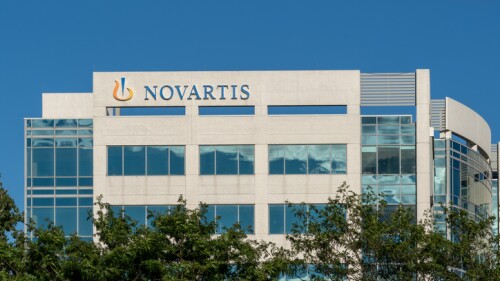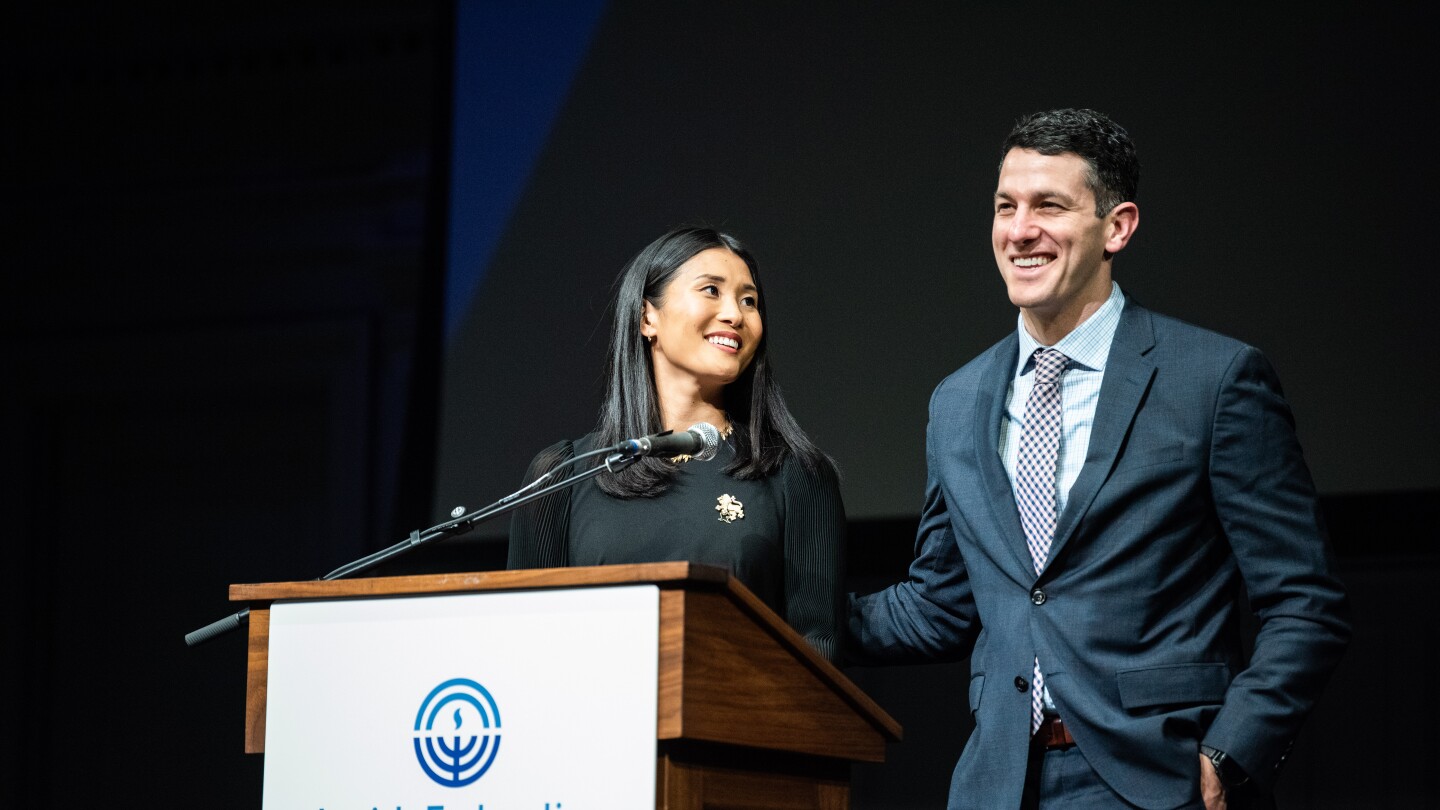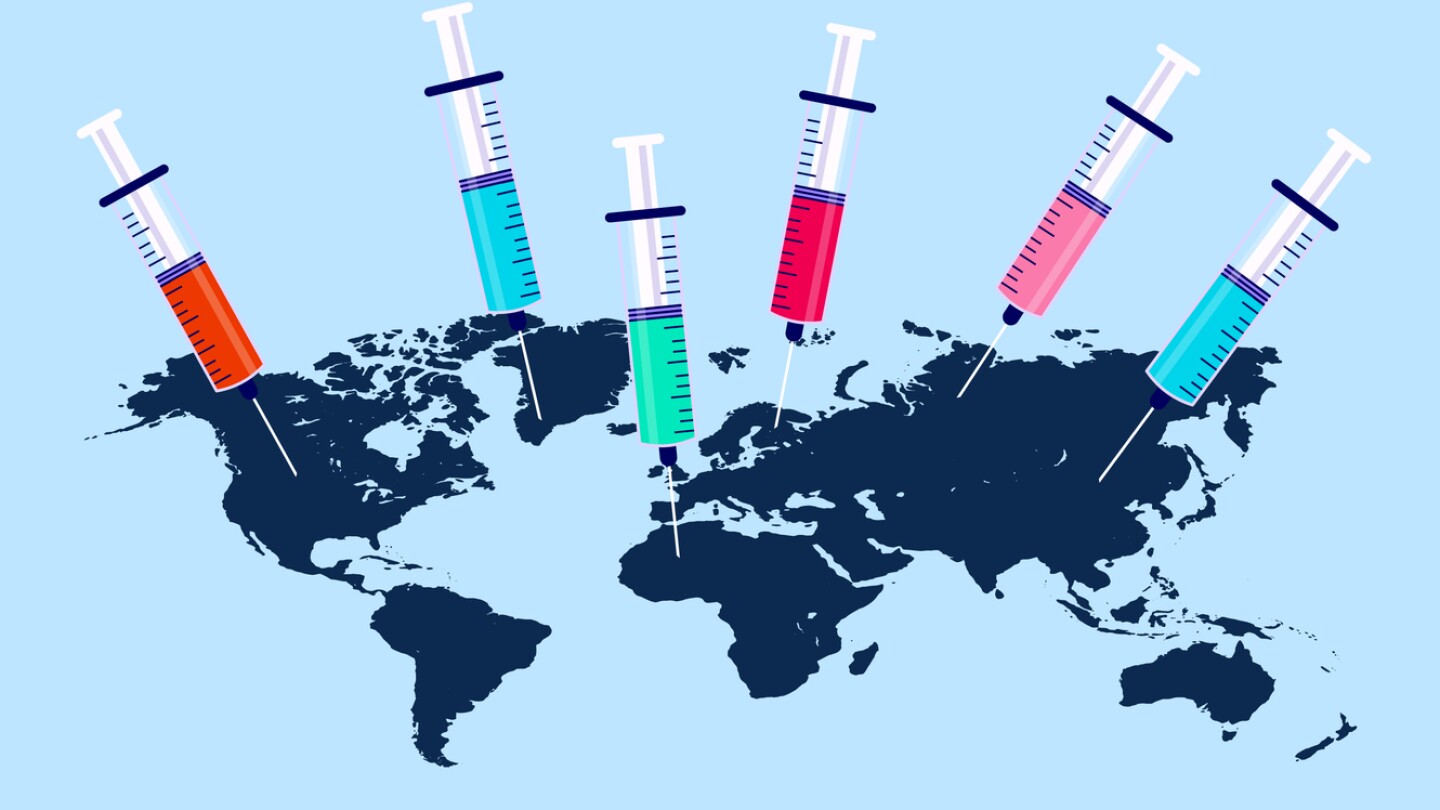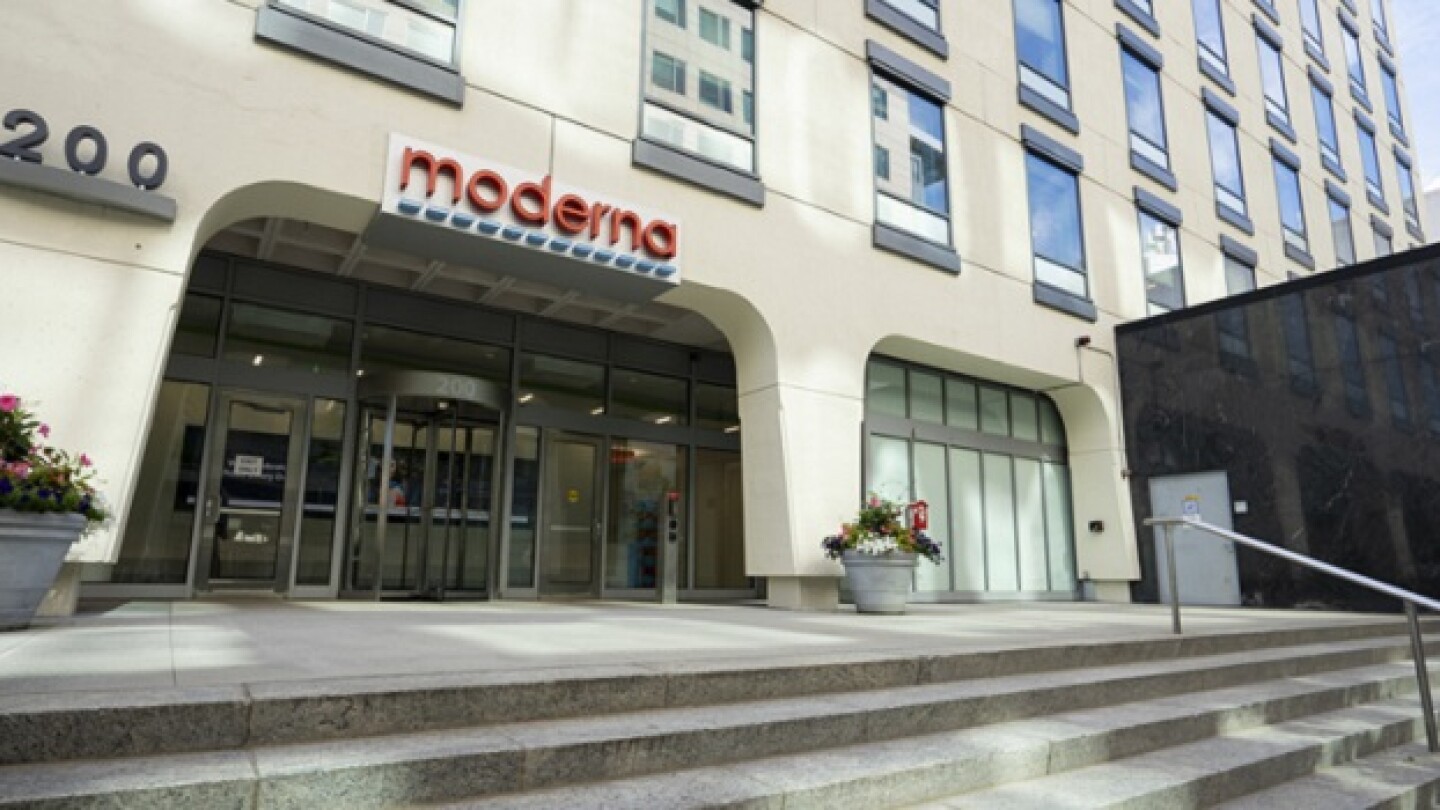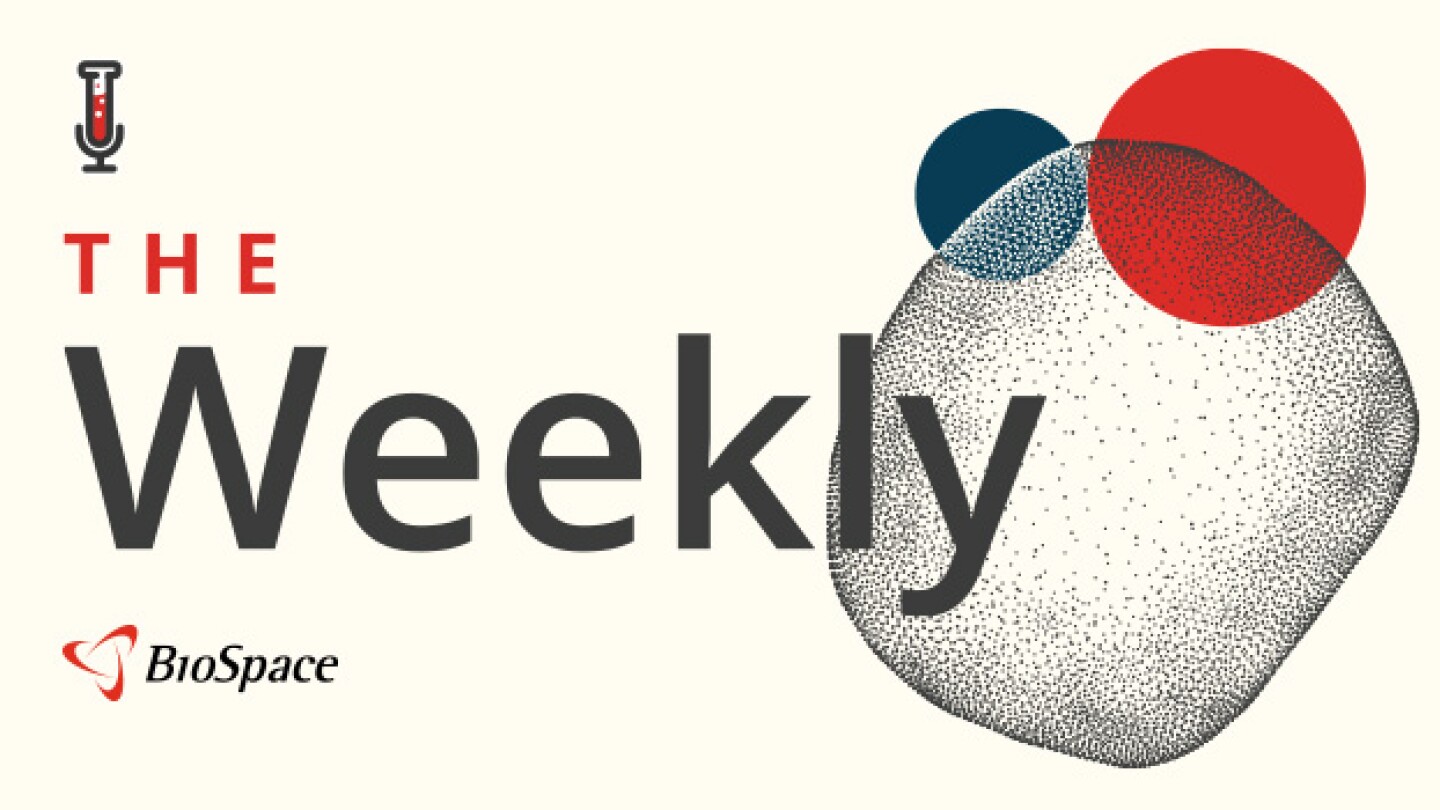Drug Development
To expand the population for the anti-amyloid Alzheimer’s drugs, Lilly and Biogen are testing presymptomatic patients. Will doctors be open to this paradigm-shifting change?
FEATURED STORIES
Last month, “historic positive results” from uniQure’s gene therapy snapped the Huntington’s community out of years of failure. As the biotech prepares to submit for FDA approval, BioSpace looks at four more candidates on the near horizon.
Pivotal results from uniQure’s gene therapy for Huntington’s disease have brought new light to patients who have known only disappointment in recent years—but one expert worries that communication of the results is creating “false expectations.”
To tailor cancer therapies to individual patients, Moderna, BioNTech and other companies are rethinking how they optimize manufacturing schedules and resources.
Subscribe to ClinicaSpace
Clinical trial results, research news, the latest in cancer and cell and gene therapy, in your inbox every Monday
THE LATEST
In this deep dive, BioSpace investigates China’s rise as a biotech powerhouse.
Intellia earlier this year reported a similar grade 4 liver enzyme elevation associated with the gene therapy nexiguran ziclumeran, though analysts at BMO Capital Markets at the time brushed it off as a “non-concern.”
The BioSpace 40 Under 40 winner opens up about his very personal career transformation from wealth management to biotech—and what it’s like to develop a drug for amyotrophic lateral sclerosis and frontotemporal dementia as a potential patient himself.
Sales of Sanofi’s COVID-19 and flu vaccines fell 17% in the third quarter amid declining vaccination rates and pricing pressures in Europe.
Despite showing no meaningful benefit on lung function, Arcturus’ mRNA therapy ARCT-032 reduced mucus volume in patients with cystic fibrosis—an outcome William Blair found “potentially promising.”
A key question for investors going forward will be whether Moderna’s other latent virus vaccines for Epstein-Barr and shingles can succeed after the failure of the CMV program.
Pfizer, Merck, AstraZeneca and Bristol Myers Squibb were among the many biopharmas showing off novel cancer modalities at ESMO, with antibody-drug conjugates, bispecific antibodies and kinase inhibitors demonstrating encouraging efficacy and safety for various cancers.
Two patients experienced grade 3 liver enzyme elevations that were deemed related to Terns’ investigational obesity pill TERN-601.
This represents Alector’s second failed neurodegenerative asset in a year, after an AbbVie-partnered asset missed in Alzheimer’s last November. On latozinemab for frontotemporal dementia, Alector was working with GSK, which fronted $700 million in 2021 to collaborate on two programs.
Novo Nordisk’s leadership gets another shake-up as President Trump promises to significantly slash prices for its GLP-1 drugs; Summit/Akeso, Exelixis and more present new data at ESMO 2025; Replimune pops as FDA accepts resubmitted BLA; FDA names first winners of Commissioner’s National Priority Voucher program; and more.



